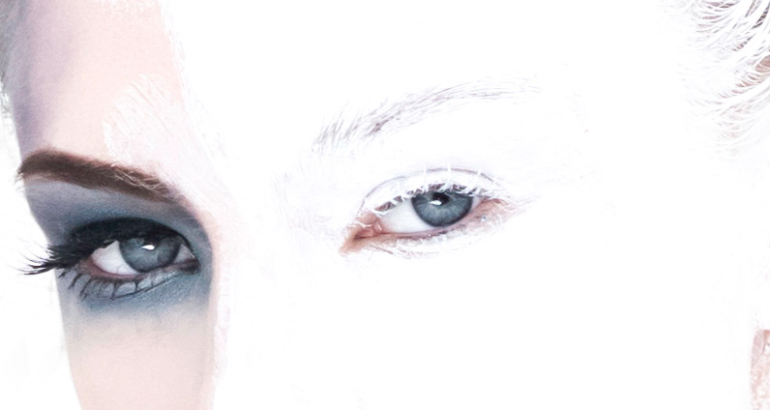Causes of Acne and New Therapies: Written by Dr Serena Cardoso DipPEC (SA), BHSc, MB BCh (WITS)
There are various ways one can approach a breakout. At our clinic, we combine cosmeceuticals (cosmetic products), therapeutics (medical facials/peels/lasers) and clinical dermatology with pharmaceuticals (oral or ointment-based prescription medications) in approaching acne.
In your consultation with one of our doctors and aestheticians, we develop a plan specifically for your skin type and the severity of your acne using a step-wise approach. Mild acne usually only requires topical treatments (ointments, lights, and peels), whereas more severe acne may require oral medication such as antibiotics or isotretinoin to prevent scarring.
We also take your personal preferences and previous experiences into account in designing a treatment pathway for you. Many people are apprehensive about “hormones”, “Roaccutane” and “drugs” preferring more “natural” approaches, often drawing from previous bad experiences or fears driven by friends and social media perceptions. We unpack the science for you and give you an informed and honest breakdown of your options. Unfortunately, acne can cause scarring and hyperpigmentation, both very expensive, difficult and time-consuming complications to resolve so it’s important to address active acne quickly and correctly. If you have developed any complications of your acne, we do try to assist on the journey of correcting these post-acne problems too.
The Causes of Acne Vulgaris has four main processes in its genesis that are addressed in treatment:
- Genes or a family tendency which we define and look into in more detail with our SKINDNA genetic testing kits.
- An abnormal, over accumulation of keratin that blocks the follicles in the skin. Hyperkeratinisation is addressed with specific keratolytic and comedolytic anti-acne peels, home care creams or traditional topical medications like retinol and benzoyl peroxide.
- Hormones & sebum: androgens stimulate sebum excess in the pilosebaceous unit (hair follicles attached to small sebaceous glands). Too much of this oily sebum provides the perfect fatty medium to feed acne-causing bacteria. Oral hormone therapy like the pill works beautifully to settle this aspect, especially those that contain anti-androgen (male sex hormone) progesterone*. Most of the time testosterone levels are normal in people with acne and it’s more the production of androgens in the skin that contribute.
Mesoestetic’s acne one solution contains retinol and serenaoa repens a herbal extract that reduces androgen formation in the skin by inhibiting the 5α-reductase enzyme. This is one of our favourite home care products for acne. Certain lasers also work well to reduce sebum production and retinol reduces the rate of sebum production too.
4. Infection: overgrowth of Cutibacterium acnes, a bacterium that lives on our skin normally but can overgrow and cause breakouts. These bugs damage and rupture the follicle wall and possess properties that stimulate inflammation. Antibiotics with anti-inflammatory properties (*like doxycycline) are traditionally used to target this component, as well as benzoyl peroxide. Light therapy, particularly red and blue light at specific medical-grade wavelengths breaks down C.acnes and reduces inflammation very well especially when red and blue light is combined. We like to use lights as an add-on to anti-acne peels like azelaic acid.
5. Immune responses contribute to inflammation, redness, and scarring. This component of acne is the most sinister as it is present from the very beginning – of the illness and even mild-appearing acne can sometimes leave behind surprisingly awful scars. It is one of the reasons medical practitioners are aggressive with treating acne. Certain chemical peels and light therapies that we utilize have anti-inflammatory properties. Azelaic acid is one of my personal favourite peels not only to treat mild acne but also for its anti-inflammatory properties in reducing the post-inflammatory hyperpigmentation that can develop after particularly inflamed comedones settle.
There have been some promising improvements in active acne and scarring with radiofrequency Microneedling (Morpheus). This is a new, natural, non-hormonal therapeutic option to treat acne. It is thought to kill the acne bacteria and shrink the over-active sebaceous gland. It also induces collagen formation reducing the appearance of scars.
There are some Causes of Acne including:
- Repetitive skin trauma from over scrubbing the skin with soaps and peels
- Occlusive makeup and cosmetics
- humidity
- stress
- drugs
- High glycaemic load diets and possibly dairy. This association seems to have more to do with weight gain and insulin resistance rather than the composition of the diet. You will be please to know that despite the common assumption that chocolate is one of the causes of acne this has not been proven!
It would not be unreasonable, however, if you are struggling with acne to adopt a low GI diet for overall good health.
In approaching acne, there are multiple, various processes to address. New therapies and treatments provide some exciting possibilities in obtaining beautiful skin once more.
*Hormonal therapy is a very individualized and multifactorial consideration to be discussed with your doctor that needs to take into account more than just your skin



